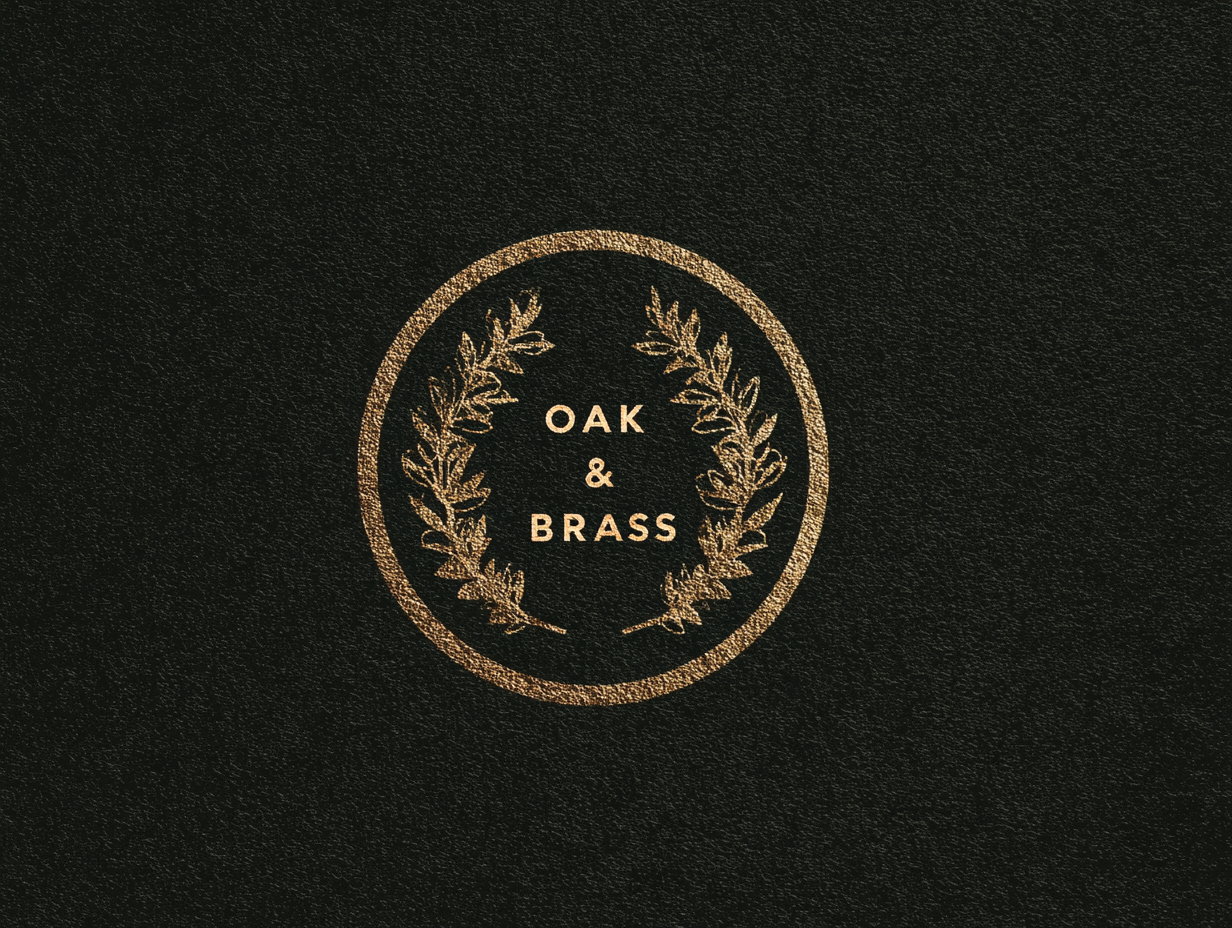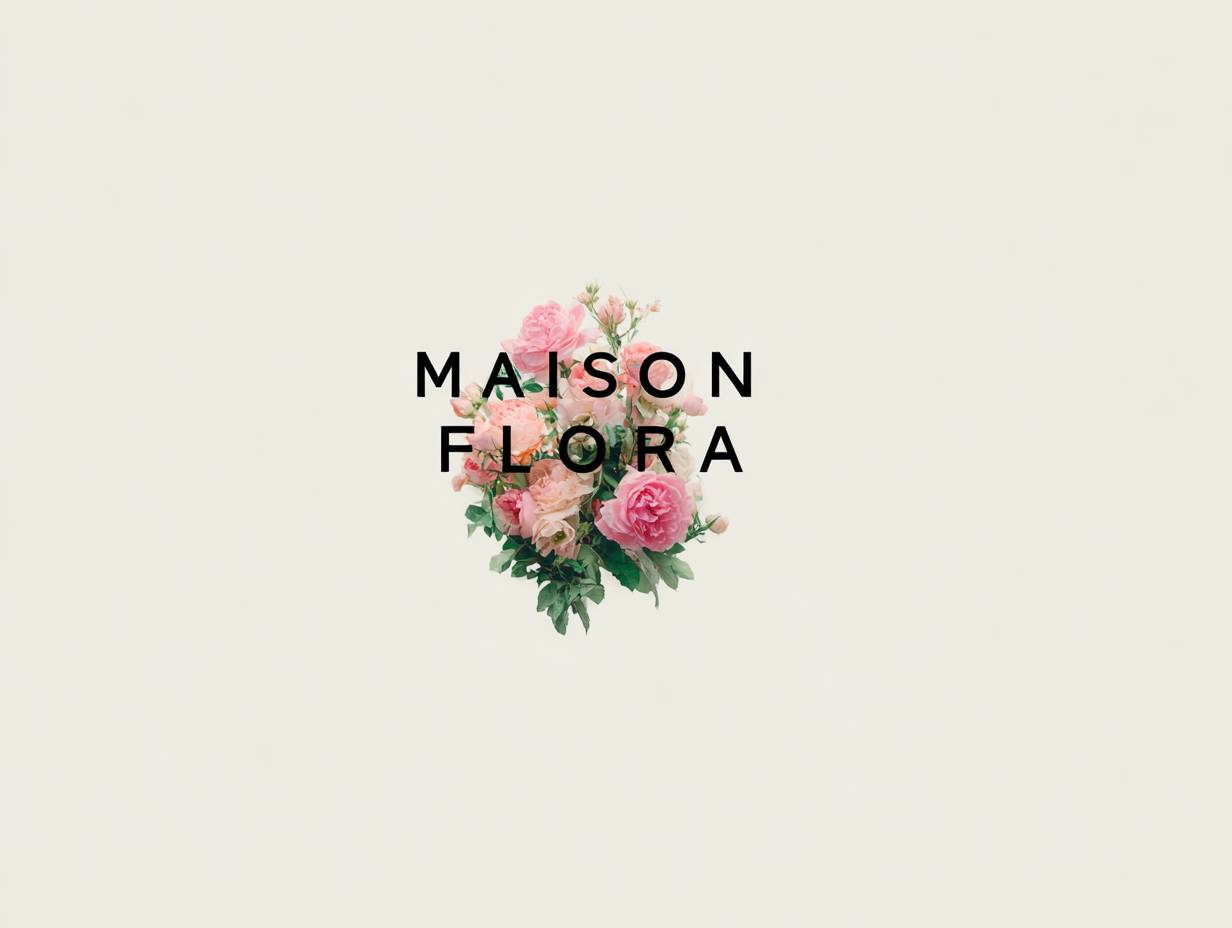How to design a killer logo with AI: Prompts & tips to get it right
Why use AI to design a logo?
AI-generated logos are fast, fun, and surprisingly helpful when you're stuck on where to start. While AI can’t fully replace a human designer, it can absolutely help you visualize concepts, test styles, and even generate a near-final product you can refine.
Whether you're launching a startup or rebranding your passion project, AI tools give you instant creative momentum—especially if you’re not a designer.
Best AI tools for logo generation
There are two main paths to creating a logo with AI:
Image generation models (great for unique concepts and styles)
Template-based AI logo makers (faster, more structured, often export-ready)
Image-based AI tools
These are best for exploring aesthetic ideas and generating visuals with serious vibe:
Midjourney: Stunning visuals, great for mood + design concepts, but not good with text. Perfect for generating icons or wordless logo layouts you can finish elsewhere.
Ideogram: Surprisingly good at generating legible text within images. Use prompts like:
"Logo design that says NOVABEAN in futuristic neon lettering, white background, centered layout."DALL·E (via ChatGPT or Bing): Easy access, can sometimes get basic words right. Great for quick prototyping.
Structured AI logo generators
If you want something more traditional or export-ready:
Looka: Lets you input your business name, choose styles/colors, and get usable logo files.
Brandmark.io: Clean interface, smart suggestions, can export SVGs.
LogoAI.com: Decent layouts with icon + text combos. Can generate branding kits.
Pro tip: Upload a logo you like as a reference
In tools like Midjourney (with /describe), Ideogram (with image reference), or DALL·E (via inpainting), you can feed in a logo you already love to guide the style.
Whether it’s your old logo or a competitor’s design you admire, using visual input helps the AI understand layout, vibe, and balance—way more than words alone.
How to prompt for a logo:
Prompting for logos is all about precision. You want to guide the model’s aesthetic without being vague. Here’s how to break it down:
1️⃣ Logo type / layout
Specify what kind of logo you want:
Wordmark (just text)
Icon + text (combo mark)
Emblem (text inside a shape)
Abstract symbol
Prompt example: "Modern wordmark logo that says LUNARIA, minimalist sans-serif font, white background, high contrast."
2️⃣ Style keywords
Use design language the model can understand:
Minimalist, bold, retro, modern, grunge, geometric, elegant, playful
Include references to mediums: vector-style, hand-drawn, digital painting
Prompt example: "Vintage emblem logo for a coffee shop named OAK & BRASS, hand-drawn aesthetic, brown and gold color palette, circular layout."
3️⃣ Color palette
Mention your color scheme or desired vibe:
Monochrome, muted pastels, neon, earth tones, black & white, gradient, duotone
Prompt example: "Minimalist tech logo that says SYNTHWAVE, dark background, neon pink and blue accents, retro-futuristic vibes."
4️⃣ Typography
Guide the font vibe:
Serif vs sans-serif, script, handwritten, bold, futuristic, gothic
Prompt example: "Luxury logo for a skincare brand named ÉTOILE, elegant serif typography, gold foil effect on white background."
5️⃣ Context & background
If you want the logo to appear in a certain setting or style:
Transparent background
White studio backdrop
Mockup on business card or signage
Prompt example: "Logo for a boutique called MAISON FLORA, on a white background, soft floral accent behind text, minimal layout."
6️⃣ What NOT to do
Avoid vague terms like “cool” or “nice design.” Instead, give visual details. Also: be cautious using quotes around your brand name—it sometimes leads to weird output.
Prompt example (to NOT use): “Super cool logo for my super cool skate shop called "super cool skates"“
What to do when the AI messes up the text
Let’s be real—most AI image generators are still hilariously bad at spelling.
Here’s how to work around it:
Use text-free prompts to get the design, then add the real text in Figma, Illustrator, or Canva.
Try Ideogram or Bing’s version of DALL·E, which are better at rendering legible typography.
Use inpainting or editing tools (like DALL·E inpainting or Photoshop Generative Fill) to manually fix the text.
Layer your text over the image afterward if the design is too good to discard.
Final thoughts
AI won’t replace great branding sense—but it will give you a major head start. It’s fast, fun, and a great way to experiment. Whether you’re looking for your forever logo or just moodboarding ideas, the key is to treat the AI like your creative assistant.
Let it inspire you. Then take the reins.






